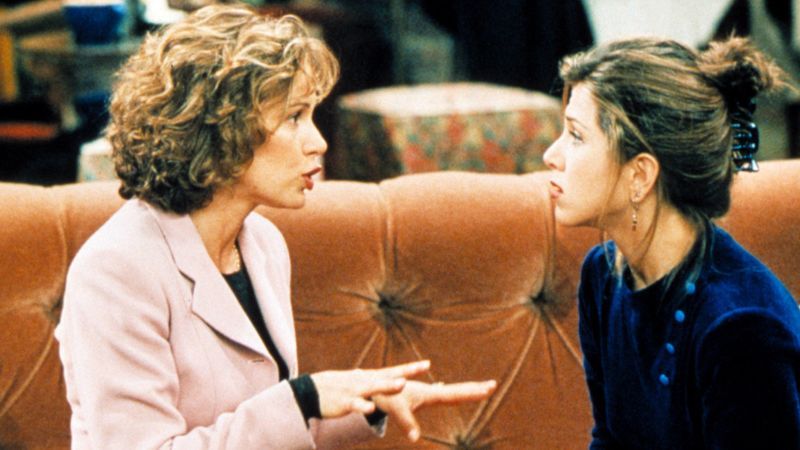The End of the Magic World’s 50-Year Grudge
The science fiction author Arthur C. Clarke wrote that “any sufficiently advanced technology is indistinguishable from magic,” and today magic and technology are merging. Start-ups in the field of artificial intelligence are the new masters of illusion; algorithms are the new sleight of hand.
“Geller’s bent spoon demonstrations and deep fakes both create this conflict between what we think is possible and what we’re seeing,” said Alice Pailhès, an author of “The Psychology of Magic.” “Both elicit strong emotional responses — confusion, delight, distress, maybe even paranoia.”
The stakes, of course, are different. Get fooled by a spoon bender and you’re likely to end up with a smile on your face. Get fooled by a pernicious deep fake and you might end up believing that video posted last year of President Volodymyr Zelensky of Ukraine appearing to surrender, or something else that is false and noxious. This time, it’s going to take much more than Mr. Randi and Ben Harris to flag the frauds.
The upsides of digital fakes have, inevitably, intrigued more than a few magicians. Drummond Money-Coutts, the English conjurer who starred in the Netflix series “Death by Magic,” said in an interview that he was looking into possibilities presented by Midjourney, the program used to produce an image of Pope Francis in a Balenciaga puffer jacket that went viral a few months ago. He still prefers nondigital methods, though, which he attributes in no small part to the influence of Mr. Geller.
Mr. Money-Coutts first met Mr. Geller in 2003. A student at the British prep school Eton who was a budding magician, he invited Mr. Geller to perform for 700 gobsmacked schoolboys. (“I was told to write a letter to the catering department to apologize because they basically had no spoons for weeks after he came,” Mr. Money-Coutts recalled.) Mr. Geller had relocated to Britain by then, having spent 12 tumultuous years in the United States, most of them in New York City.
Source: The New York Times


